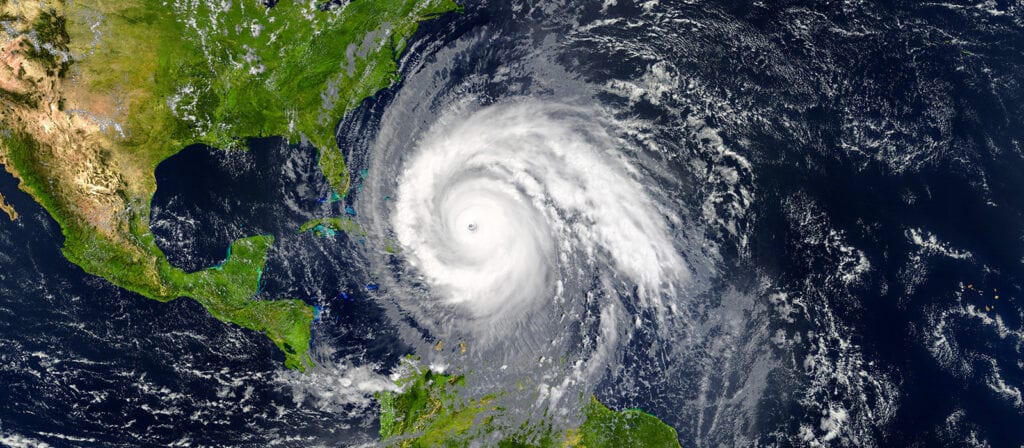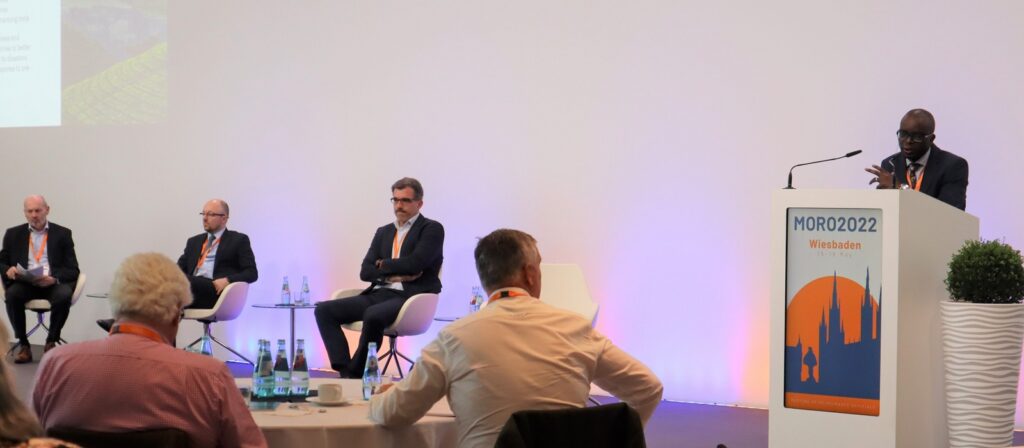Encouragingly, some insurance companies are exploring how to incorporate these same ESG principles into underwriting. In the commercial insurance space, however, physical resilience is not necessarily promoted with the same level of specificity due to modeling constraints. This results in insurance protection gaps and leaves holes in commercial sustainability strategies. Moreover, insurance typically is sold in the context of understanding and covering risk.
In order to promote resilience (R), which can be as important as many ESG-related characteristics for sustainability, insurance and related services should facilitate predicting and preventing risk. Robust resilience-as-a-service (RaaS) platforms and analytics services that can assist companies in better preventing (or at least better preparing for) different hazards (e.g., flood, fire, wind, earthquake, etc.) require modeling intersecting risk drivers at the individual physical asset level. Given that they model a geographic area, physics-based models cannot accomplish this objective by themselves.
Machine-learning models can still be too ad hoc to reliably model specific physical assets. Combining the two approaches can take analyses down to the level of individual physical assets. In this way, the insurance industry can develop better business interruption and non-damage business interruption policies while providing RaaS to guide asset optimisation interventions and preparations that change physical assets’ risk profiles.





